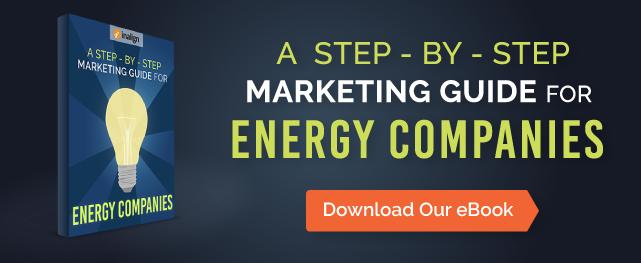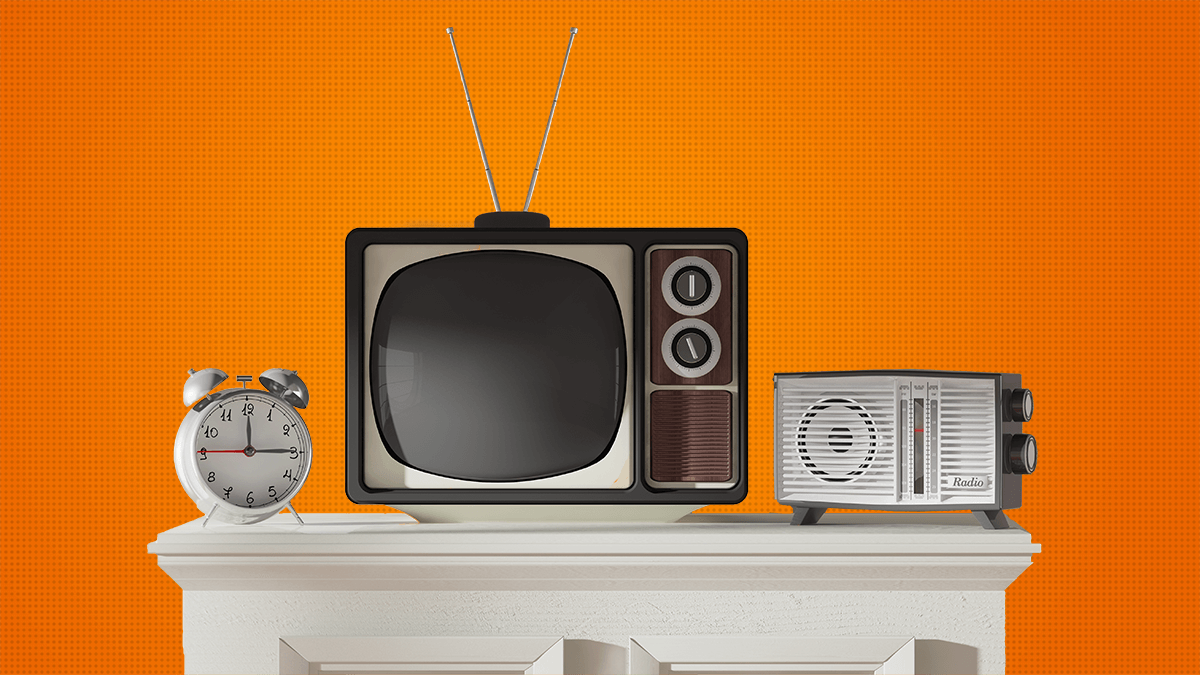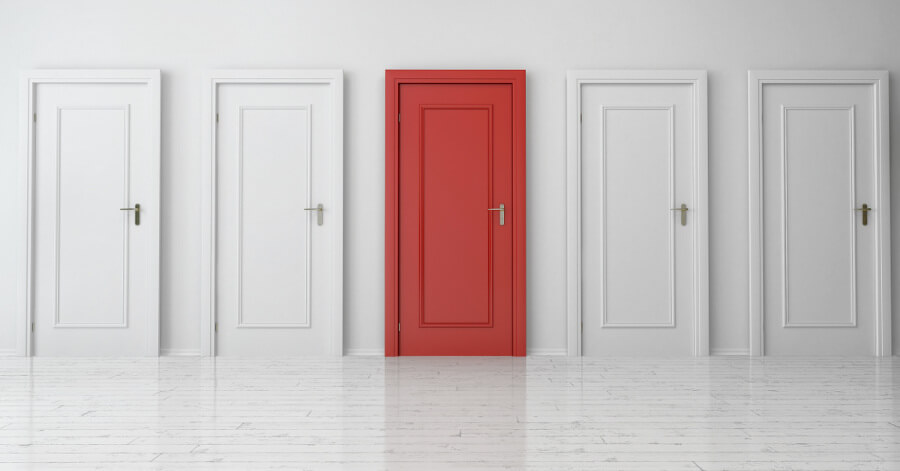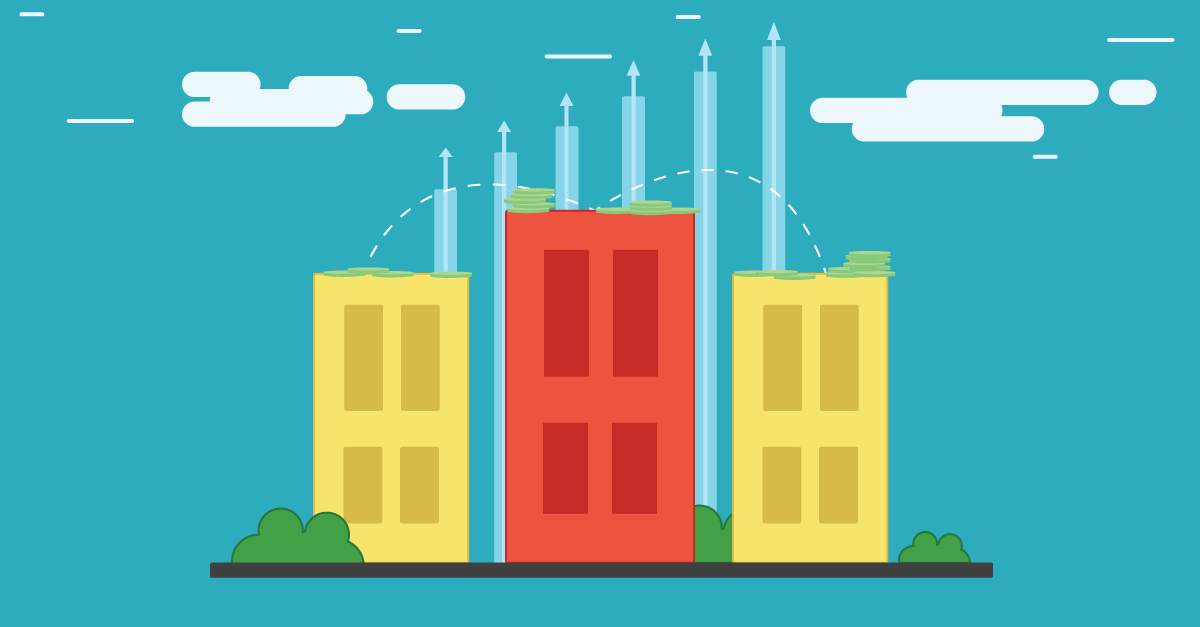Is your marketing geared primarily towards people who are ready to make a buying decision?
If so, you could be missing out on many future sales opportunities. That’s because most prospects and leads that you connect with, aren’t ready to make a purchasing decision.
Consider these sales statistics:
- At any given time, only 3% of your market is actively buying. 56% are not ready, 40% are poised to begin.
[Source: Vorsight]
- 30% to 50% of qualified leads represent future opportunities but are not yet ready to buy.
[Source: Gleanster]
- “Up to 95% of qualified prospects on your site are there to research and are not yet ready to speak with a sales rep. But as many as 70% of leads will eventually buy from you – or your competitors.”
[Source: Marketo]
What Does This Mean For Retail Energy Marketers?
It means that you must play a larger role in engaging with prospects and leads throughout the buying cycle, including those who aren’t ready to buy just yet.
We recently took a look at about 20 retail energy website homepages and were surprised at how many companies focus almost exclusively on prospects that are ready to buy. These are the websites where the main call-to-action is to enter your zip code or click on a button to shop for rates.
Many of these companies, however, are missing out on the opportunity to engage with prospects that aren’t ready to buy now, but will in the future.
What’s often missing from these websites is a clear path to follow for the majority of visitors who have questions but are not yet ready to buy. They may have heard one of your radio spots or seen one of your ads but they don’t want to sign up online or talk to a sales rep – just yet.
Successful retail energy marketers can reach this larger group of prospects by creating content for both traditional and online (inbound) marketing activities that is specifically targeted to:
- The people you most want to reach (i.e., your Buyer Personas); and
- How close these people are to making a buying decision (i.e., the Buyer’s Journey)
Why Should You Focus on Prospects Throughout the Buying Cycle?
According to one study, 87% of buyers chose a solution provider that provided them with ample content to help them navigate through each stage of the buying decision-making process. [Source: DemandGen Report]
That’s right. Compared to just a few years ago, consumers today rely more on online searches (including customer product and company reviews), blogs and social media to research, learn about and make buying decisions.
Companies that provide the information and answers they are looking for are much more likely to be rewarded with their business.
How Can the Buyer’s Journey Help?
Each marketing action you take should be targeted to one of your buyer personas and where they are in the buying cycle.
Buyer personas are your ideal customers. They are the prospects that are most likely to become leads, customers and promoters of your brand and company. For more information and an example, see our blog post “Retail Energy Marketers: How to Create Buyer Personas.”
All buyers go through the same three-stage process (The Buyer's Journey) to make a purchasing decision. Understanding the Buyer’s Journey will help you tailor content that is relevant and helpful to your prospects and that will ultimately help you to win more sales.
Just remember that it’s all about your potential customers. What are they concerned about? What are they looking for?
By understanding their problems you can provide solutions.
Here are the three stages of the Buyer’s Journey:
1. Awareness Stage
The buying process begins when prospects realize they have a problem or potential opportunity and give a name to it. Content created for the awareness stage focuses on the problem your buyer persona is experiencing.
Examples:
- You run a TV ad informing residential energy consumers that they now have a choice in suppliers of electricity and natural gas.
- You write an eBook explaining how small businesses can reduce their energy consumption.
2. Consideration Stage
In this stage, prospects are looking to determine what options are available to them. Content created for the consideration stage focuses on solutions to the problem your buyer persona is experiencing.
Examples:
- You create a video showing residential energy consumers how to understand their utility bill and what to look for when selecting an alternative provider.
- You offer a webinar for small businesses to discuss how they can reduce their energy consumption.
3. Decision Stage
The Decision Stage is when prospects have narrowed down the vendors and products for their purchase decision and are ready to talk to a salesperson. Content created for the decision stage focuses on your products and services.
Examples:
- You provide a calculator or plan for residential energy consumers that show the fixed and variable pricing you offer for electricity and natural gas.
- You provide a case study showing how you helped similar small businesses reduce their energy consumption.
- You offer a free energy consultation.
It’s important to note that the Awareness and Consideration stages are all about educating prospects. It’s not until the Decision stage that buyers will consider different companies and brands that provide the solutions they are looking for.
How Long Does It Take Prospects to Go Through the Buyer’s Journey?
While the buyer’s journey seems complex, the fact is that some buyers move through the three stages very quickly while others can take months or years to make a decision.
Energy service companies using door-to-door sales know that some consumers will make an immediate decision to switch suppliers while others will delay a decision until they have more information.
According to one study, just two percent of sales occur at the first meeting. The study also reports that “63% of people requesting information on your company today will not purchase for at least three months - and 20% will take more than 12 months to buy.” [Source: The Marketing Donut]
Another study shows that most business buyers (74%) conduct more than half of their research online before making a purchase. [Source: Forrester Research]
How long does it take your prospects to make a purchasing decision? By mapping content for them you can better understand what types of content leads them to a buying decision and what content is less helpful.
An Example
Below is an example of how content can be tailored to your buyer personas and buyer's journey stages.
In this example, we created a commercial energy services buyer persona that we call “Small Business Sam.”
Small Business Sam represents the type of prospect we want to attract to our website so that we can convert him into a lead and customer. We know Sam’s pain points and why he’s interested in switching energy suppliers.
With Sam’s buyer persona in mind, we can now identify:
- The type of content we will need to attract him to our website.
- The type of content we will need to move him along in his decision to switch energy suppliers.
Content to be created for Small Business Sam might look like this:
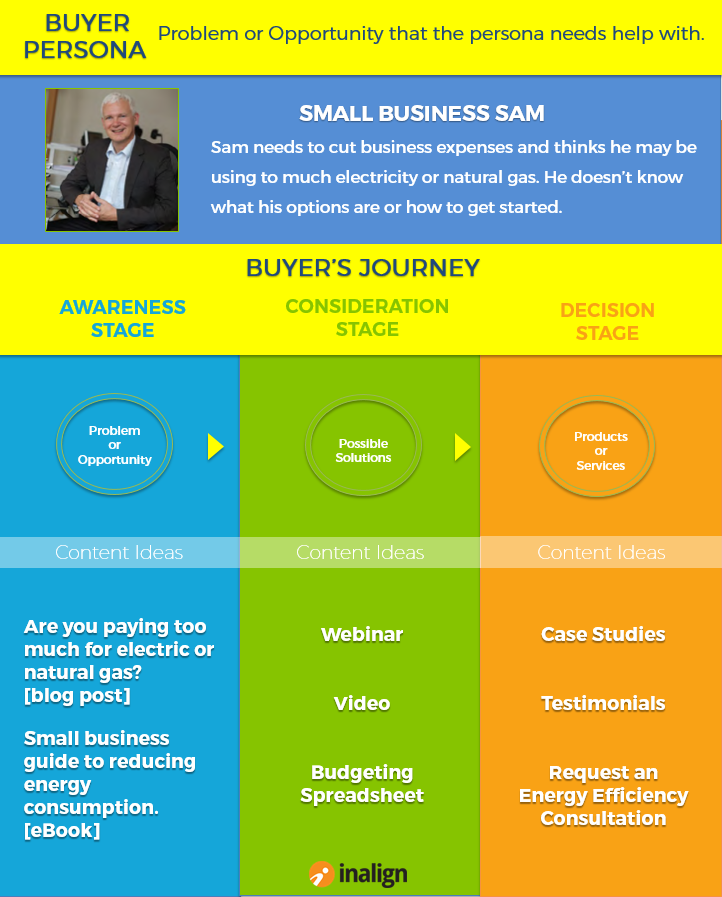
Conclusion
To win more sales, retail energy marketers should focus on engaging prospects throughout the buying cycle. This can be accomplished by targeting content to each of the company’s buyer personas and where those prospects are in the buyer’s journey.
